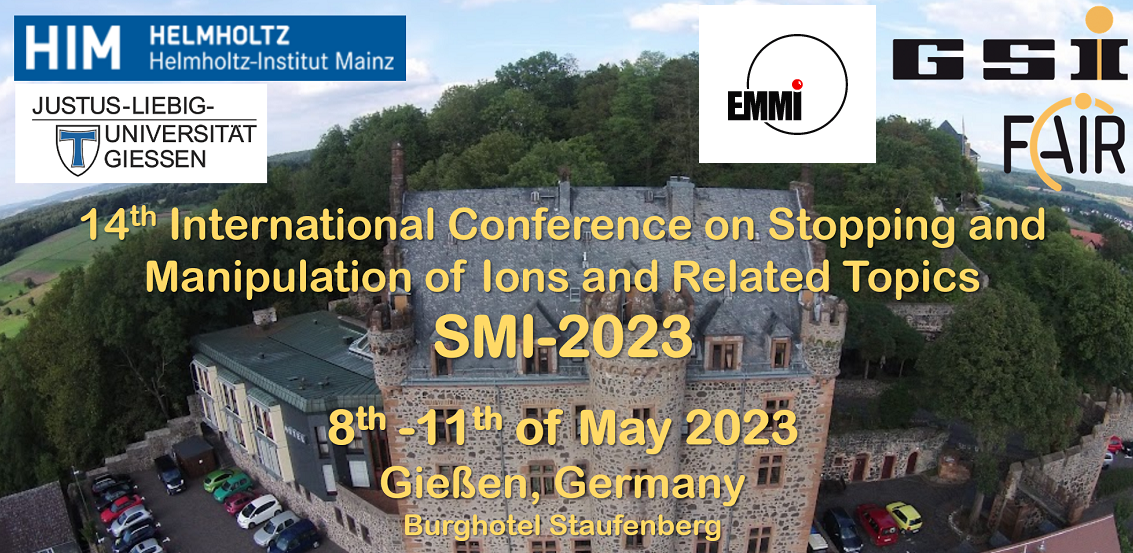Sprecher
Beschreibung
The new SPIRAL2 facility with its Super Separator Spectrometer (S$^3$) at GANIL is set to produce record intensities of neutron-deficient isotopes close to the proton dripline [1]. The products will be stopped and neutralized in the gas cell of the S$^3$ Low Energy Branch (S$^3$-LEB) [2,3], then extracted and studied by laser spectroscopy, mass spectrometry and decay spectroscopy. The extraction time of the S$^3$-LEB gas cell is on the order of a few hundred milliseconds, which will cause significant losses for isotopes with half-lives below 100 ms. The neutralization efficiency is contingent upon the number of electrons extracted from the buffer gas by the incident beam during the stopping process, which is heavily reliant on the beam intensity. The FRIENDS$^3$ project [4] aims to design a fast gas cell with an efficient neutralization technique in order to enable nuclear-structure studies by laser spectroscopy on short-lived isotopes.
The prototype performance was simulated under different operating pressures using COMSOL [5] and SIMION [6]. Detailed simulations of the neutralization process are also ongoing using the COMSOL Plasma module.
Neutralization tests have begun using a simplified test bench. First, studies have focused on electron generation by different mechanisms, such as emission from a filament and ionization of the gas by a beta source.
This contribution will give an update on the progress of the project. The first simulation and design studies of the FRIENDS$^3$ prototype and the preliminary test results with the simplified test benches will be presented.
1. F. Déchery, et al., Nucl. Instrum. Meth. B 376, 125 (2016).
2. J. Romans, et al., Atoms 10, 21 (2022).
3. J. Romans, et al., Nucl. Instrum. Meth. B 536 (2023).
4. V. Manea, et al., ‘Fast radioactive ion extraction and neutralization device for s$^3$’, project ANR-21-CE31-0001 (2021).
5. COMSOL Multiphysics® v. 6.1. www.comsol.com. COMSOL AB, Stockholm, Sweden.
6. D. A. Dahl, Int. Jour. Mass Spectrom. 200, 3 (2000).

